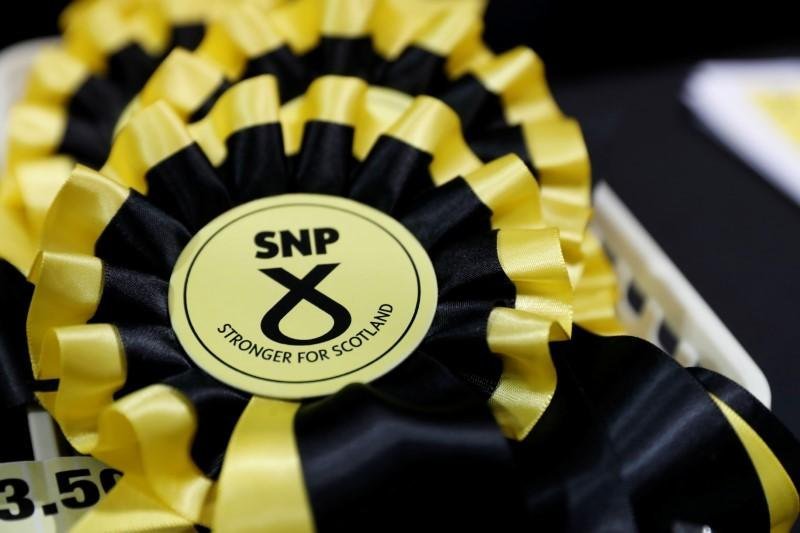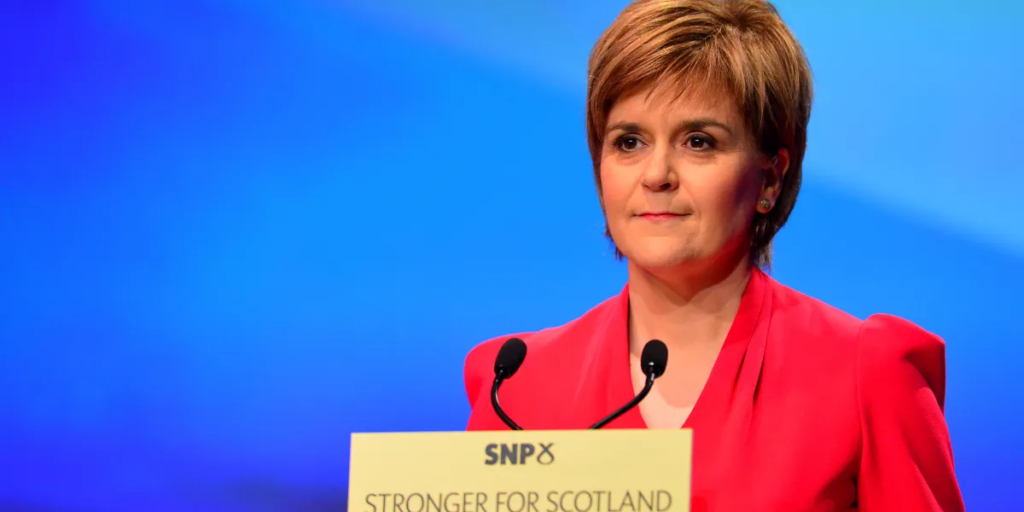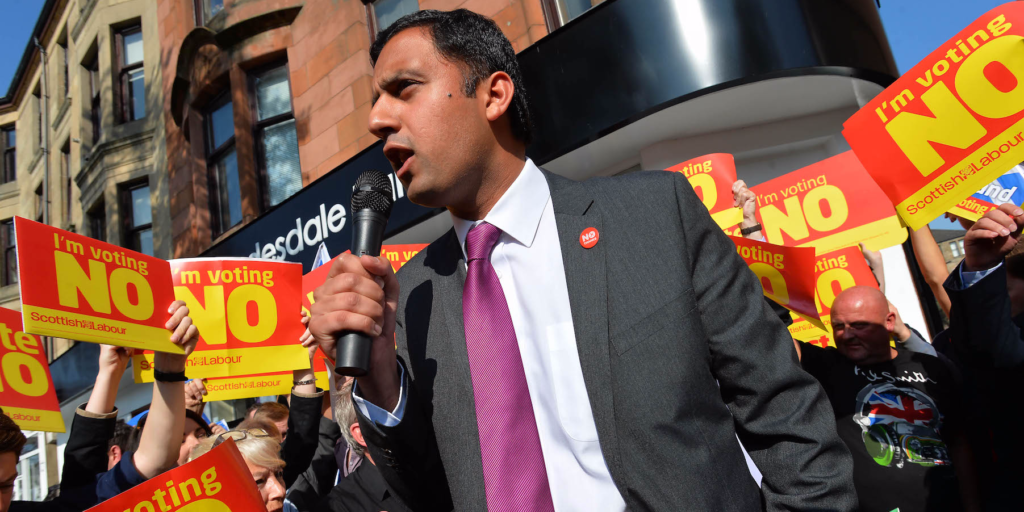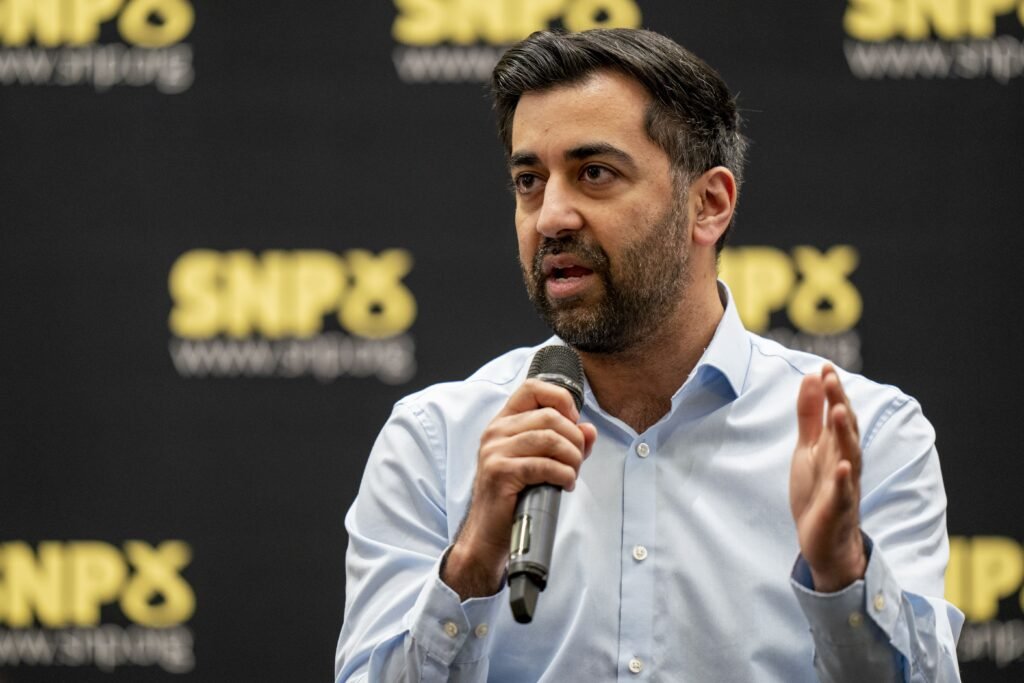The Scottish National Party (SNP) was once seen as a progressive beacon, championing Scotland’s aspirations for independence, green energy, and closer ties with Europe. From 2011 to 2021, the SNP seemed unstoppable, its support peaking during a period when calls for Scottish autonomy and a “future in Scotland’s hands” resonated strongly. Yet, as economic downturns and political disillusionment take their toll, the SNP’s once-unstoppable drive for independence is faltering.
The UK’s protracted recession and stagnant wages have fueled public mistrust of political elites across the UK, leaving the SNP struggling to maintain its relevance. While it initially used Holyrood’s limited powers to advance progressive reforms, it has more often blamed Westminster for Scotland’s difficulties. Now, after seventeen years in power, the SNP’s calls for independence have lost some of their urgency, as internal challenges and public disillusionment threaten to derail the separatist agenda.
The Shadow of Sturgeon’s Leadership
A major factor in the SNP’s current struggles is the legacy of Nicola Sturgeon, whose leadership came under intense scrutiny following her resignation in early 2023. Shortly after stepping down, Sturgeon became embroiled in a police investigation concerning the SNP’s finances. Her husband, Peter Murrell, the party’s former chief executive, and the treasurer, Colin Beattie, were also detained for questioning.

Although no charges have been filed, the scandal has cast a long shadow over the party, further weakening public confidence.
Operation Branchform, the investigation into alleged financial misconduct within the SNP, has also impacted the party’s ability to fund its activities. Without the financial backing that UK Labour draws from trade unions or the business donations that the Conservatives enjoy, the SNP relies heavily on membership dues. With 30,000 members leaving the party following Sturgeon’s resignation, the SNP now faces a financial deficit that could hamper its ability to campaign effectively in the coming general election.

Even before this scandal, the SNP’s political momentum had begun to stall. In October 2022, Sturgeon pushed for a second independence referendum, a move ultimately blocked by the UK Supreme Court, which reaffirmed that any future referendum requires Westminster’s consent. This ruling closed the SNP’s last viable legal pathway to independence and sparked internal divisions over the party’s next steps.
Yousaf’s Leadership in a Time of Crisis
Humza Yousaf, who succeeded Sturgeon as SNP leader, has faced significant challenges in defining his leadership. With the party still grappling with the fallout from the investigation into Sturgeon’s tenure and the Supreme Court’s veto on a new independence referendum, Yousaf has found himself trapped in political limbo. Early in his tenure, he lost an MSP to Alex Salmond’s Alba Party, and further resignations loom. Yousaf has also had to defend himself against minor controversies, including his handling of WhatsApp records from his time as health secretary and an incident involving cabinet member Michael Matheson’s misuse of a government-issued tablet.
In response to rising inflation, Yousaf reintroduced a freeze on Council Tax, a policy originally implemented by former SNP leader Alex Salmond. This move was met with strong opposition from local councils, which warned that the freeze would strain municipal budgets and lead to cuts in essential services. Despite the backlash, Yousaf defended the policy, asserting that it would provide much-needed relief to Scottish families. However, critics argue that it exemplifies the SNP’s inability to adapt to Scotland’s evolving economic needs.

Labour’s Resurgence and Sarwar’s Strategy
The SNP’s struggles have created an unexpected opportunity for Scottish Labour, which was almost entirely displaced by the SNP in Scotland’s political landscape. Under Anas Sarwar’s leadership, Labour has gained traction, particularly in urban strongholds like Glasgow. Embracing the moderate platform championed by UK Labour leader Keir Starmer, Sarwar has distanced the party from the radicalism of the Corbyn era, attracting conservative media support and eroding the SNP’s appeal.
Sarwar’s political rise has been anything but smooth; his career includes several electoral setbacks. However, his longevity in Scottish politics now allows him to benefit from the SNP’s internal challenges. As Labour gains ground, the SNP’s future as the dominant pro-independence party is being called into question, particularly in the Central Belt, where Labour’s influence is steadily growing.
Divided on Climate: The SNP’s Dilemma
As Labour reclaims its influence, Yousaf has attempted to counter this by questioning Labour’s climate policies. In February, he accused Starmer and Sarwar of endangering Scottish jobs with proposed tax increases on North Sea oil profits, likening their approach to Margaret Thatcher’s policies. This shift marks a departure from the SNP’s past support for environmentalism, as the party seeks to maintain support in oil-dependent regions in northeastern Scotland.
Yousaf’s pivot away from the SNP’s climate goals, previously championed by Sturgeon, reflects the party’s internal divide over energy policy. Sturgeon had positioned the SNP as a leader in Europe’s climate initiatives, but her green industrial strategy never fully materialized. Now, Yousaf is prioritizing the SNP’s historical ties to the oil industry over environmental commitments, which has sparked criticism from progressive SNP supporters. This compromise may help the SNP retain support in oil-producing regions, but it risks alienating its environmentally conscious base.
Independence Sentiment Endures Amid Political Shifts
Despite the SNP’s recent setbacks, support for Scottish independence has held steady at around 50 percent. This shows that while confidence in the SNP has waned, the desire for self-determination remains a strong feature of Scottish political identity. The independence movement now transcends the SNP, presenting both a challenge and an opportunity for Yousaf as he seeks to align pro-independence voters with the party’s goals.
Yousaf has also distinguished himself from Sarwar in his response to the Israeli-Palestinian conflict. With a personal connection to Palestine through his wife, Yousaf has condemned Israel’s actions in Gaza, a stance that resonates with left-leaning Scots. Sarwar, by contrast, faced criticism for his delayed call for a ceasefire, which some Scottish voters see as aligning too closely with Westminster’s foreign policy. This contrast has fueled Scottish frustration with London’s control over foreign policy and could bolster Yousaf’s position among anti-Union Scots.
Yousaf’s Path Forward
Reversing the SNP’s decline will not be easy for Yousaf, an inexperienced leader tasked with uniting a fractured party. To regain momentum, he must bridge the divide between independence supporters and traditional SNP voters, while also addressing the “SNP fatigue” that has set in across Scotland. Though Labour is gaining ground, its support among Scots who oppose the Union remains tepid. This gives Yousaf an opportunity to reinvigorate the independence movement, but it will require a clear vision and renewed focus on Scotland’s aspirations.
Yousaf’s leadership will ultimately determine whether the SNP can regain its footing as the champion of Scottish independence. By reestablishing the SNP’s connection with disillusioned voters and reigniting the independence dream, Yousaf has a chance to chart a new course for Scotland, even in the face of formidable challenges.


